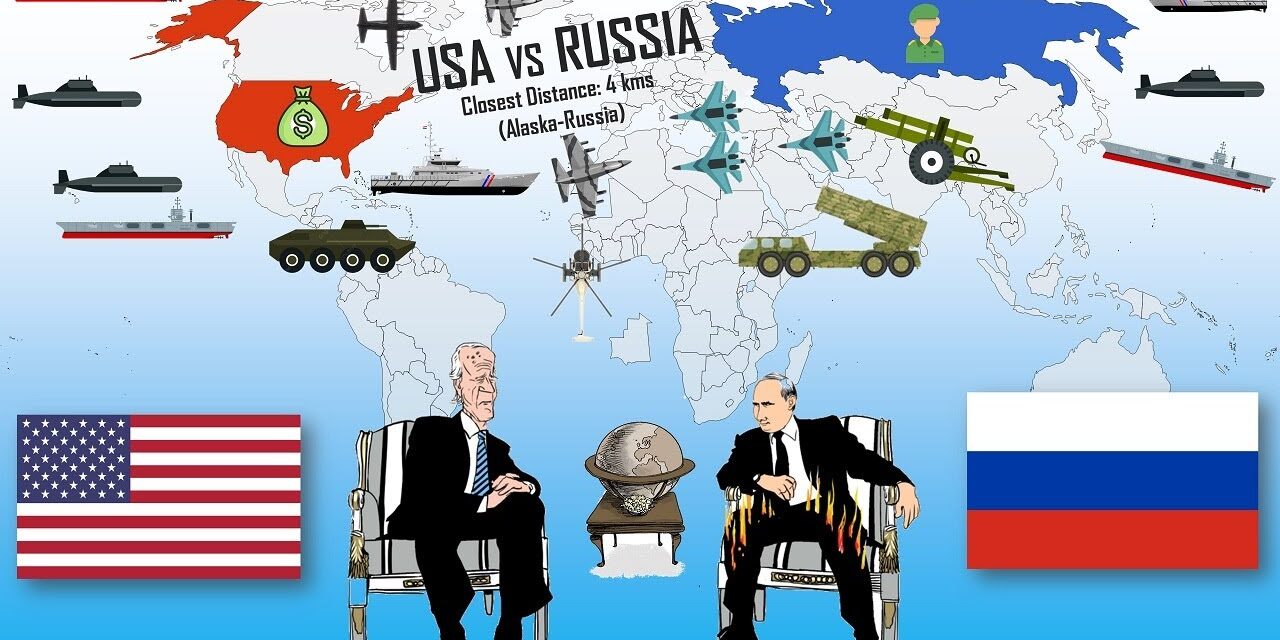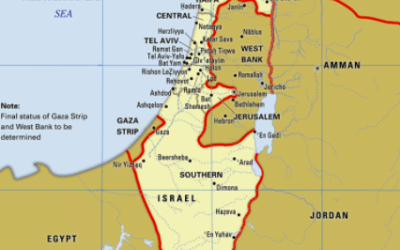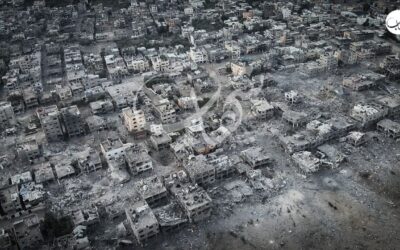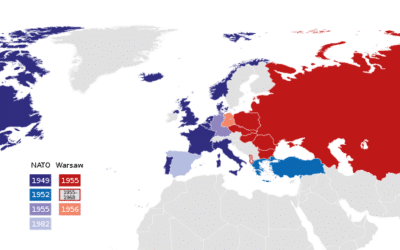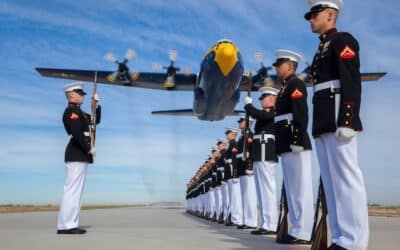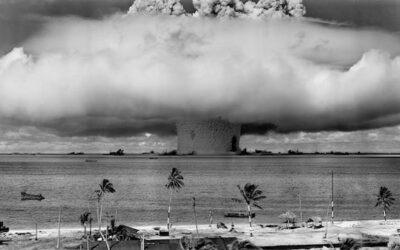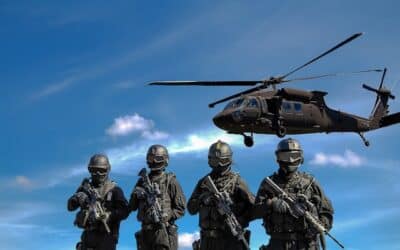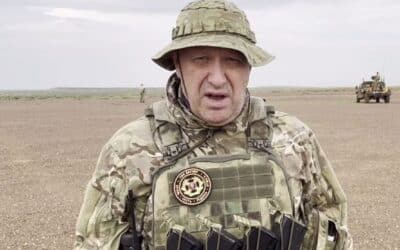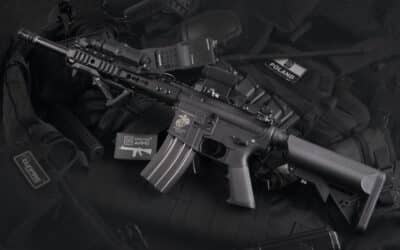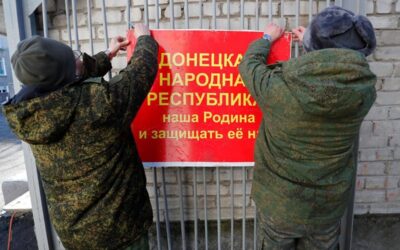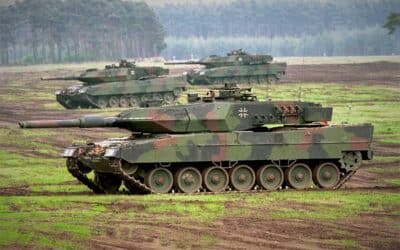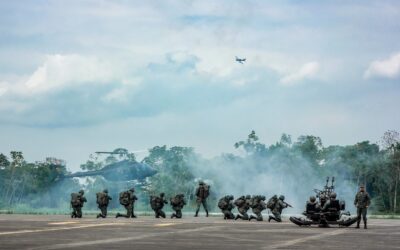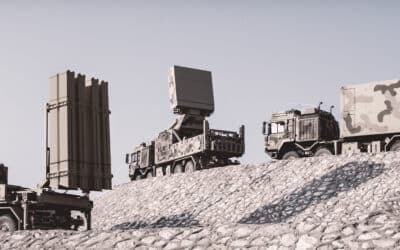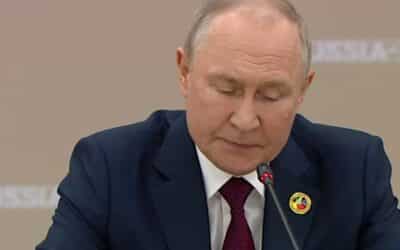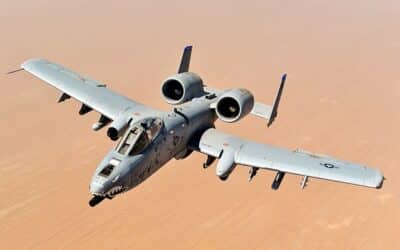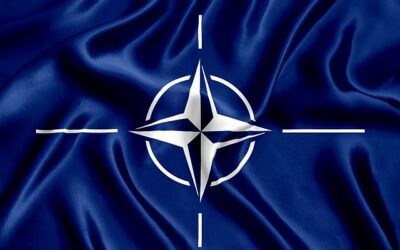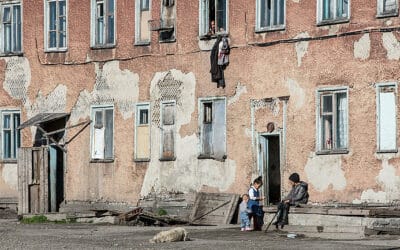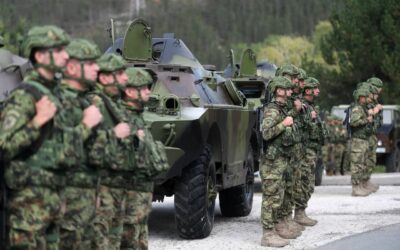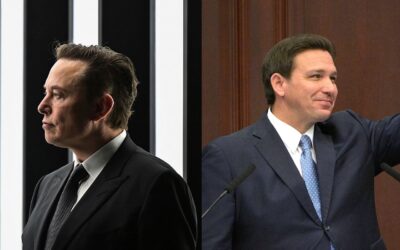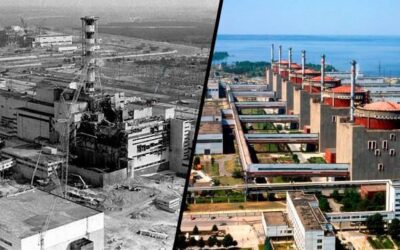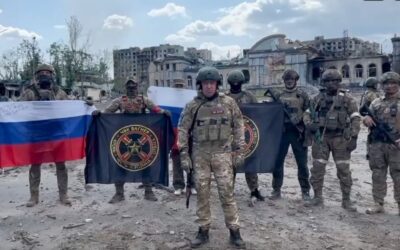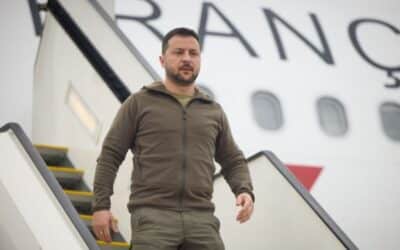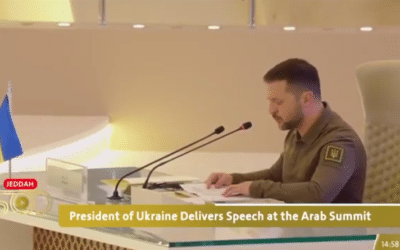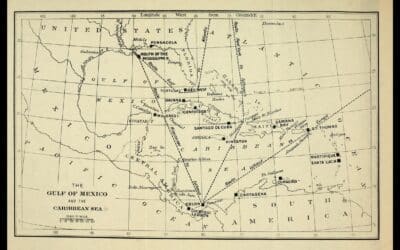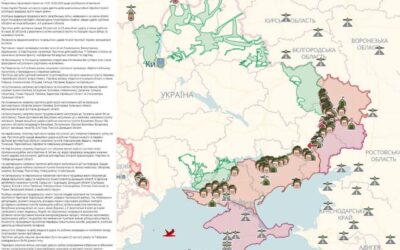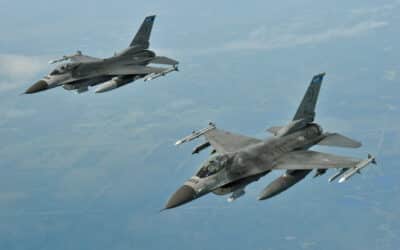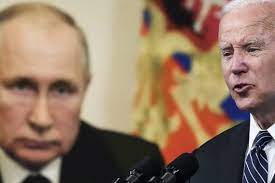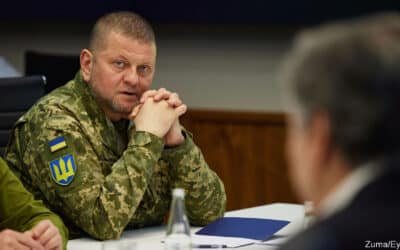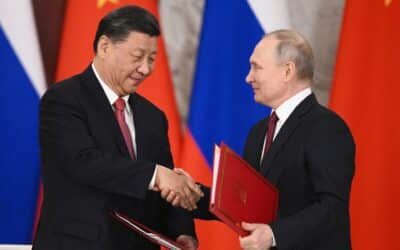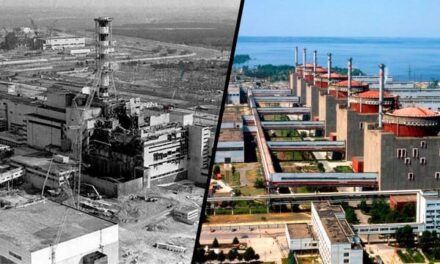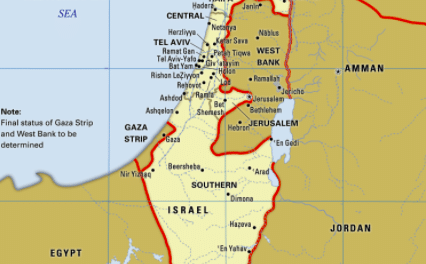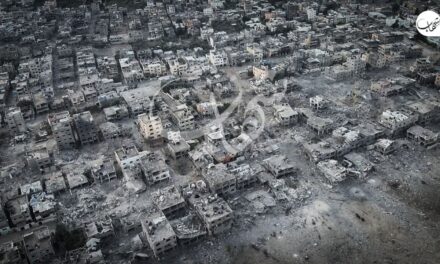In the realm of geopolitical tensions, the hypothetical scenario of a conflict between Russia and the United States has long been a subject of speculation. With both nations possessing immense military capabilities, it’s natural to wonder who would prevail in such a high-stakes situation. In this blog post, we will examine the key factors that could determine the outcome of a potential war between Russia and the US. From military might and technological advancements to strategic alliances and geographical considerations, we will delve into the complexities of this hypothetical clash. Let’s explore the potential outcome of a conflict that would undoubtedly have far-reaching global consequences.
Military Strength Comparison
When examining the potential outcome of a hypothetical conflict between Russia and the USA, it is essential to analyze the military strength of both nations. This section will provide an insightful overview of the military capabilities, including size and budget, troop numbers and capabilities, naval power, and air power of both countries.
Size and Budget
In terms of military size and budget, the United States takes the lead. With one of the largest defense budgets in the world, the USA allocates significant resources to maintain its military supremacy. This allows them to invest in advanced technologies, research, and development, giving them a considerable advantage.
Russia, on the other hand, boasts a formidable military force due to its historical emphasis on maintaining a strong defense sector. Despite not matching the USA’s budget, Russia has been able to modernize its forces, particularly in key areas such as missile technology and cyber warfare.
Troop Numbers and Capabilities
The United States maintains a substantial active-duty military force, with a highly trained and technologically advanced army. Its troops possess a wide range of capabilities, including superior training, advanced weaponry, and integrated command structures. These factors contribute to the USA’s ability to project force globally.
Russia, though having a smaller active-duty force, compensates with its vast reserve units and conscription system. These reserves can be quickly mobilized, providing significant manpower if a conflict were to arise. Additionally, Russian troops have extensive combat experience, as showcased in recent operations (war) in Ukraine and Syria.
Naval Power
When it comes to naval power, the United States unquestionably dominates the seas. With a fleet that spans the globe, the US Navy possesses advanced aircraft carriers, submarines, destroyers, and cruisers. This naval superiority allows the USA to project force, protect international trade routes, and maintain a robust presence around the world.
Russia, while having a smaller and less technologically advanced navy compared to the USA, still maintains a capable maritime force. Their navy is focused on regional defense and possesses formidable submarines, missile cruisers, and corvettes that can pose a significant threat in specific areas.
Air Power
The United States Air Force boasts an extensive and technologically advanced fleet of aircraft, including stealth fighters, bombers, and unmanned aerial vehicles (UAVs). With superior training, advanced radar systems, and a well-established air defense network, the USA possesses unmatched air power capabilities.
Russia, known for its aerospace industry, has developed a range of advanced fighter jets and surface-to-air missile systems. Their air force has demonstrated its effectiveness in recent conflicts, showcasing their ability to operate advanced aircraft and conduct strategic air campaigns.
In conclusion, while the United States holds the advantage in terms of overall military strength, it is important to note that Russia possesses significant capabilities that should not be underestimated. The outcome of any hypothetical conflict between these two countries would depend on various factors, including strategy, alliances, and the utilization of advanced technologies.
Technological Advancements
In today’s world, technological advancements play a crucial role in determining a country’s military capabilities. In a potential conflict between Russia and the USA, the utilization of cutting-edge technology would be a key factor to consider. This section will delve into three essential aspects of technological advancements: cyber warfare capabilities, missile defense systems, and space capabilities.
Cyber Warfare Capabilities
Cyber warfare has become a significant concern for nations worldwide. Both Russia and the USA have invested heavily in developing robust cyber capabilities. However, the USA has emerged as a leader in this domain. The US possesses a formidable cyber warfare arsenal with highly skilled experts and advanced offensive and defensive tools.
The USA has been at the forefront of cyber operations, successfully launching offensive campaigns and effectively defending against cyber threats. The country’s Cyber Command, established in 2009, demonstrates its commitment to maintaining superiority in cyberspace. Their cyber units constantly monitor and respond to potential threats, ensuring the protection of critical infrastructure and information networks.
On the other hand, Russia has also demonstrated its prowess in cyber warfare. Known for carrying out sophisticated cyber attacks, Russia has the capability to disrupt communication networks, infiltrate sensitive systems, and carry out disinformation campaigns. Their expertise in this field poses a significant threat to their adversaries.
Missile Defense Systems
In the event of a potential conflict, missile defense systems play a crucial role in safeguarding a nation’s territory and population. Both Russia and the USA have invested heavily in developing advanced missile defense capabilities.
The USA’s missile defense system, known as the Ballistic Missile Defense System (BMDS), consists of layered defense mechanisms designed to intercept and destroy incoming ballistic missiles. With an extensive network of radars, interceptors, and command and control systems, the BMDS provides a robust defense against potential missile threats.
Russia, on the other hand, has developed its own missile defense system called the A-135. This system primarily protects Moscow and its surrounding areas. Although not as extensive as the USA’s BMDS, the A-135 is still a formidable defense mechanism, capable of intercepting incoming ballistic missiles.
Space Capabilities
Space capabilities have become increasingly vital in modern warfare, with countries relying on satellites for communication, reconnaissance, and navigation. Both Russia and the USA have made significant strides in this realm, but the USA has a clear advantage in terms of space capabilities.
The United States currently leads the world in space technology and exploration. With agencies like NASA, the USA has a robust space program and unparalleled expertise in satellite deployment and space exploration. They possess advanced reconnaissance satellites, GPS systems, and communication networks that aid military operations.
While Russia has historic achievements in space exploration and satellite technology, their capabilities in this domain have not kept pace with the USA. They do possess a limited number of reconnaissance satellites and navigation systems, but they lack the extensive infrastructure and resources that the USA commands.
In conclusion, technological advancements in cyber warfare, missile defense systems, and space capabilities would heavily influence the outcome of a potential conflict between Russia and the USA. While both countries possess formidable capabilities in these areas, the USA’s advancements in cyber warfare, missile defense systems, and space capabilities provide them with a significant advantage in hypothetical scenarios for now.
Nuclear Arsenal
When examining the potential outcome of a hypothetical war between Russia and the USA, the size and capabilities of their respective nuclear arsenals become crucial factors to consider. Both countries possess significant nuclear capabilities that have been developed over decades. In this section, we will delve into the number of nuclear weapons, delivery systems, and defensive measures employed by each nation.
Number of Nuclear Weapons
Both Russia and the USA possess substantial nuclear stockpiles, although the exact numbers are classified and subject to estimations. However, it is widely acknowledged that they have the largest nuclear arsenals globally.
The United States is believed to possess approximately 5,428 nuclear warheads. This stockpile includes strategic and tactical weapons, deployed and non-deployed. Russia, on the other hand, is estimated to have a nuclear arsenal of around 5,977 warheads. These numbers may vary depending on the source, but it is evident that both nations possess a formidable array of nuclear weapons.
Delivery Systems
The effectiveness of a country’s nuclear arsenal heavily relies on its ability to deliver these weapons to their targets. Both Russia and the USA have developed sophisticated delivery systems that enable them to strike targets across vast distances.
The United States primarily relies on intercontinental ballistic missiles (ICBMs), submarine-launched ballistic missiles (SLBMs), and strategic bombers for nuclear deterrence. The Minuteman III ICBM, Trident II SLBM, and the B-2 Spirit bomber are notable examples of these delivery systems.
Similarly, Russia maintains a diverse range of delivery systems, including ICBMs like the RS-24 Yars and the Topol-M, SLBMs like the Bulava, and strategic bombers like the Tu-160. These systems allow Russia to project its nuclear capabilities across continents.
Defensive Measures
In addition to maintaining a robust offensive nuclear capability, both Russia and the USA have invested in defensive measures to protect their territories from potential nuclear attacks.
The United States has developed a multilayered defense system known as the Ballistic Missile Defense System (BMDS). It incorporates various components, including ground-based interceptors, sea-based Aegis Ballistic Missile Defense, and advanced radar systems, to defend against incoming ballistic missile threats.
Russia has also established its defensive capabilities, such as the A-135 anti-ballistic missile system deployed around Moscow. This system includes both long-range interceptor missiles and radar systems to track and neutralize potential incoming threats.
While these defensive measures enhance the security of each nation, it is important to note that no defense system is infallible, and the balance between offense and defense remains a critical consideration in any potential conflict.
In conclusion, the nuclear arsenals of both Russia and the USA represent formidable forces capable of inflicting catastrophic damage. With a significant number of nuclear warheads, advanced delivery systems, and defensive measures in place, both countries have taken extensive measures to ensure their national security. The dynamic nature of this topic highlights the importance of maintaining global stability and diplomacy to prevent the devastating consequences of any future conflicts.
Alliances and Global Influence
In today’s complex geopolitical landscape, alliances play a crucial role in shaping global influence and power dynamics. In the event of a potential war between Russia and the USA, the strength and reach of their respective alliances would significantly impact the outcome. Let’s delve into the key aspects of alliances and global influence.
NATO and Allies
NATO, the North Atlantic Treaty Organization, is a vital military alliance consisting of 30 member countries, including the United States. Established in 1949, NATO serves as a collective defense mechanism, where an attack on one member is viewed as an attack on all. This alliance holds significant strategic value for the USA, as it strengthens its military capabilities and expands its influence across Europe.
The military prowess of NATO, coupled with the economic strength of its member countries, provides a substantial advantage in any potential conflict. The coordination and cooperation among NATO members enhance military readiness, intelligence sharing, and advanced technological capabilities. This unity ensures a formidable defense against potential adversaries such as Russia.
Regional Alliances and Partnerships
In addition to NATO, the USA has established regional alliances and partnerships across different continents. These collaborations further strengthen its global influence and ability to respond to potential threats. For instance, the United States has robust alliances with countries in the Asia-Pacific region, such as Australia, South Korea, and Japan.
Such alliances not only serve as a deterrent to potential adversaries but also offer strategic positioning for military operations and intelligence gathering. Moreover, they foster diplomatic ties, joint military exercises, and information sharing, creating a cohesive defense network that bolsters the USA’s position in the event of a conflict.
Global Economic Impact
Beyond military alliances, the global economic impact of a potential war between Russia and the USA cannot be overlooked. The United States, as the world’s largest economy, has significant economic influence on a global scale. Its economic strength enables it to mobilize resources, invest in defense capabilities, and maintain a robust military-industrial complex.
A conflict between these two major powers would undoubtedly have far-reaching consequences for global markets, trade, and economic stability. The disruption of supply chains, fluctuating commodity prices, and geopolitical uncertainties would affect countries worldwide, potentially causing economic turmoil on a global scale.
In conclusion, alliances and global influence are critical factors in determining the outcome of a potential war between Russia and the USA. NATO, regional alliances, and partnerships, combined with the substantial economic impact of these countries, contribute to a complex web of power dynamics. Understanding these alliances and their implications is crucial for comprehending the potential outcomes of such a conflict.
Geographical Advantages and Disadvantages
The geographical factors play a crucial role in assessing the potential outcomes of a conflict between two nations. In the case of a hypothetical war between Russia and the USA, the geographical advantages and disadvantages of each country would influence the strategic decisions made by their military forces. Let’s delve into the key aspects of their respective geography:
Strategic Locations
Russia: Being the largest country in the world, Russia possesses a vast landmass that spans across two continents: Europe and Asia. This strategic location provides Russia with a unique advantage, as it allows them to project military power across multiple regions. Additionally, Russia’s proximity to the Arctic region grants them access to potentially valuable shipping routes, giving them an edge in terms of trade and resource transportation.
USA: As the third-largest country in the world, the USA has the advantage of having its territory predominantly located in North America. This provides a layer of protection, as it is surrounded by oceans on two sides, limiting direct land-based threats. Moreover, the USA maintains a network of overseas military bases, ensuring a global reach and strategic presence in key areas around the world.
Terrain and Climate
Russia: The vastness of Russia’s territory results in a diverse range of terrains and climates. From frozen tundra in the north to dense forests, expansive steppes, and mountainous regions, Russia’s diverse topography can pose challenges to military operations. However, it also provides opportunities for defensive strategies and guerrilla warfare in certain areas, making it harder for an invading force to conquer the entire country.
USA: The geographical landscape of the USA is equally diverse, with a wide range of terrains and climates. From rugged mountain ranges, vast plains, and deserts to dense forests and coastal regions, the USA’s geography offers a mix of challenges and advantages. The varied terrain allows for flexible defensive strategies and the potential for launching offensive operations across different types of landscapes.
Access to Resources
Russia: With its vast landmass, Russia has access to abundant natural resources, including minerals, oil, and natural gas. These resources not only contribute to its economic strength but also provide the means to sustain its military and industrial capabilities. Additionally, Russia’s control over key strategic resources, such as Arctic oil reserves, gives it a significant advantage in terms of energy security.
USA: The USA is also rich in natural resources, ranging from fossil fuels to minerals like coal, copper, and gold. This self-sufficiency in resources reduces its dependency on external suppliers, providing a level of stability and resilience. The availability of these resources enhances the USA’s ability to sustain its military operations and support its industry, further bolstering its overall strategic position.
In conclusion, both Russia and the USA possess unique geographical advantages and disadvantages that would inevitably shape the dynamics of a potential conflict. Russia’s vast landmass and strategic locations, combined with its access to valuable resources, contribute to its military capabilities. On the other hand, the USA’s geographic positioning, diverse terrains, and abundant resources provide it with significant strategic advantages as well. Understanding these geographical factors is essential when analyzing potential outcomes of a hypothetical conflict between the two nations.
Conclusion
In conclusion, speculating about the outcome of a potential war between Russia and the United States is a complex and sensitive matter. It is essential to remember that war is a tragic event with severe consequences for all parties involved. As an authoritative voice, it is crucial to approach this topic with caution and not contribute to further tension or conflict.
While military capabilities and strategies play a significant role in determining the outcome of a conflict, numerous other factors, such as diplomatic relations, alliances, and geopolitical dynamics, also come into play. Therefore, it is impossible to provide a definite answer as to who would emerge victorious in such a hypothetical scenario.
Instead of engaging in discussions that promote conflict, it is more constructive to focus on fostering peace, cooperation, and diplomacy between nations. By promoting understanding and dialogue, we can work toward resolving disputes and potential conflicts in a peaceful manner, ultimately striving for a world free of the devastating impacts of war.
Related Articles
10 Best Handguns for Self-Defense
When it comes to...
The Truth About Sanctions: Why Don’t They “Work”?
In 2022,...
History of Israel-Palestine Conflict
Israel and...
After the WAR initiated by HAMAS on October 7th, the Middle East will not be the same
On the -th of...
The Israeli army is prepared for an offensive on the Gaza Strip, involving attacks from “air, sea, and land.”
The IDF (Israel...
War in Israel: Current Developments – Video
Rafah...
NATO vs China: Who Would Win in a Potential War?
In the realm of...
11 Best Assault Rifles in the World
Welcome to a world...
Yevgeny Prigozhin (Wagner founder) is dead
According...
What You Need to Know About Joining NATO
Has any country...
Terrifying Realities of a Potential Nuclear War
The Devastating...
What to Do in Case of a Nuclear Attack
What to Do in Case...
11 Strongest and Most Powerful Navies in the World
When it comes to...
The Most Powerful Nuclear Weapons
The sheer power...
Understanding the Nature of War – The Clash of Wills
War is the...
Ukrainian Defense Forces Celebrate One-Year Anniversary of Kherson Region Liberation
Around one year...
Prigozhin First Video Speech After Unsuccessful Uprising
Following a recent...
11 Best Sniper Rifles in the World
Important Factors...
What is Russia saying about the war in Ukraine, Episode 1
Did you ever...
13 Most Powerful Weapons in the World
Weapons of immense...
What is Happening in Russia, Episode 3
Welcome to the...
What is Happening in Russia, Episode 2
Have you ever...
10 Strongest Tanks in the World
Tanks represent...
10 Strongest Armies in the World
When it comes to...
Putin: We cannot stop the fire when they advance on us!
Putin ten...
10 Best Air Defence Systems in the World
Image:...
Alexei Navalny Letters From Prison
Image:...
Ukraine’s Struggle for Survival and Western Dependency
Ukraine has long...
What is Happening in Russia, Episode 1
Have you ever...
10 Strongest Fighter Jets in the World
Image:...
10 Strongest NATO Members
Image:...
Mobilized Soldiers Expose Dire Conditions and Neglect in Deployment to Luhansk
source:...
Why is everything so poor and sad in Russia?
Image:...
Tensions Escalate in Northern Kosovo as Serbian President Mobilizes Army
Image:...
Putin’s Russia and the Need for a Fresh Security Approach in Europe
Image:...
DeSantis Declares Presidential Bid with Elon Musk
Image:...
Russian military personnel shelled the Zaporizhia Nuclear Power Plant
Image:...
Prigozhin Revelations The Truth Behind the Capture of Bakhmut
Image:...
President Zelensky Visit G7 Turning Point in Russia-Ukraine War
Image:...
Turning a Blind Eye No More: Zelensky’s Bold Stand Against Crimean Annexation
Unfortunately,...
Navigating the Fluidity of War and Geography: Insights and Strategies
War is Geography:...
Latest Updates on Russian Invaders’ Activities in Occupied Territories
Russian Invaders...
US Denies Ukrainian Pilots Training on F-16 Fighter Jets
Complexities of...
West Strong Support for Ukraine’s Recovery and Containment of Russia
Kremlin's Failed...
Ukraine Supreme Court Chairman Confronts Allegations of Blatant Bribery
Vsevolod Knyazev...
Gold Coin Treasure from Alexander the Great Era found in Annexed Crimea
Crimea's Hidden...
Rishi Sunak Hails Zelenskyy as a Modern-Day Churchill
Volodymyr...
The Moral Factor in War: Ukraine’s Key to Victory
"We were actively...
The West’s Triumph in the New Cold War: Technology of Freedom Wins Out
The Chinese leader...
The Illusion of Power: How Putin’s Russia is Making the Same Mistakes as its Past Leaders
Modern Russia and...
